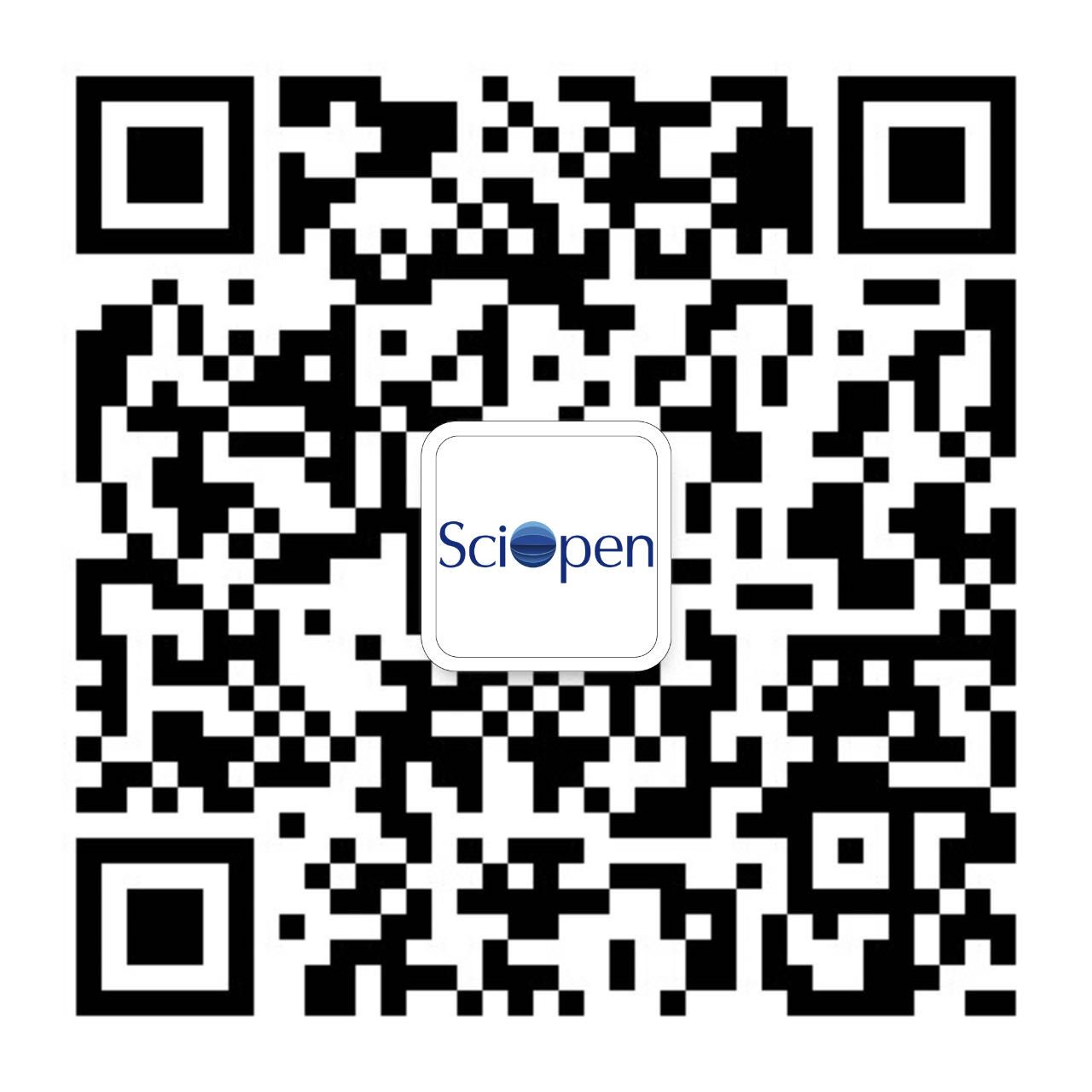Remodeling of the lesional macrophages in atherosclerotic plaques from pro-inflammatory M1 to pro-resolving M2 phenotype is emerging as a promising approach to atherosclerosis treatment. Tilianin (Til), as a natural plant-derived ingredient, has the potential to suppress atherosclerosis progression. However, the poorly aqueous solubility and capacity of targeted plaques limit to clinic transformation of Til. Furthermore, whether Til can remodel the lesional macrophage phenotype remains uninvestigated. Herein, we developed a lesional macrophage-targeted Til lipid nanoparticles (FA@Til-LNPs) via folate modification and investigated their therapeutic efficiency and potential mechanisms for atherosclerosis treatment. We observed that the FA@Til-LNPs not only improved solubility and bioavailability, but also actively targeted M1 macrophages in atherosclerotic plaques, and the internalized FA@Til-LNPs could effectively regulate macrophage polarization toward the M2 phenotype. The nanotherapeutics reduced plaque areas and substantially improved plaque stability by effectively reducing necrotic core area and augmenting the collagen cap area in high-fat diet-fed ApoE−/− mice. Mechanistically, RNA-sequencing analysis revealed that the FA@Til-LNPs inhibited the pro-inflammatory signaling pathway by down-regulating the expression of pro-inflammatory genes associated with cytokine and chemokine pathways in lesional macrophages. This study first developed the innovative targeting nanotherapeutics of Til to regulate macrophage phenotype for atherosclerosis treatment.
 Open Access
Research Article
Issue
Open Access
Research Article
Issue
 Open Access
Full Length Article
Issue
Open Access
Full Length Article
Issue
The emergence of severe acute respiratory syndrome coronavirus 2 (SARS-CoV-2) variants has decreased the efficacy of SARS-CoV-2 vaccines in containing coronavirus disease 2019 (COVID-19) over time, and booster vaccination strategies are urgently necessitated to achieve sufficient protection. Intranasal immunization can improve mucosal immunity, offering protection against the infection and sustaining the spread of SARS-CoV-2. In this study, an intranasal booster of the RBD-HR vaccine after two doses of the mRNA vaccine significantly increased the levels of specific binding antibodies in serum, nasal lavage fluid, and bronchoalveolar lavage fluid compared with only two doses of mRNA vaccine. After intranasal boosting with the RBD-HR vaccine, the levels of serum neutralizing antibodies against prototype and variant strains of SARS-CoV-2 pseudoviruses were markedly higher than those in mice receiving mRNA vaccine alone, and intranasal boosting with the RBD-HR vaccine also inhibited the binding of RBD to hACE2 receptors. Furthermore, the heterologous intranasal immunization regimen promoted extensive memory T cell responses and activated CD103+ dendritic cells in the respiratory mucosa, and potently enhanced the formation of T follicular helper cells and germinal center B cells in vital immune organs, including mediastinal lymph nodes, inguinal lymph nodes, and spleen. Collectively, these data infer that heterologous intranasal boosting with the RBD-HR vaccine elicited broad protective immunity against SARS-CoV-2 both locally and systemically.
Ocular drug delivery remains a significant challenge that is limited by poor corneal retention and permeation, resulting in low ocular bioavailability (< 5%). Worse still, the most convenient and safe route of ocular drug administration, topical administration results in a drug bioavailability of less than 1%. iRGD modified drug delivery strategies have been developed for cancer therapy, however active targeting iRGD platforms for ocular drug delivery have yet to be explored. Herein, an iRGD modified liposomes was developed for ocular drug delivery via topical administration. The results indicated that iRGD modified liposomes could prolong the corneal retention time and enhance corneal permeability in an iRGD receptor mediated manner. These findings provided a novel strategy for topical ocular drug delivery for the treatment of posterior ocular diseases.







 京公网安备11010802044758号
京公网安备11010802044758号